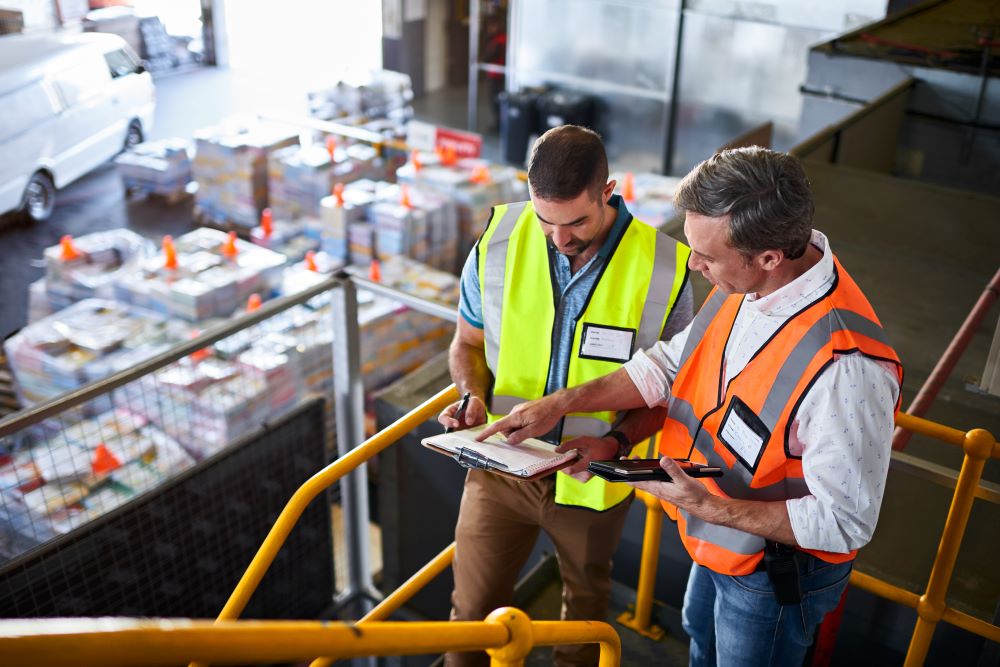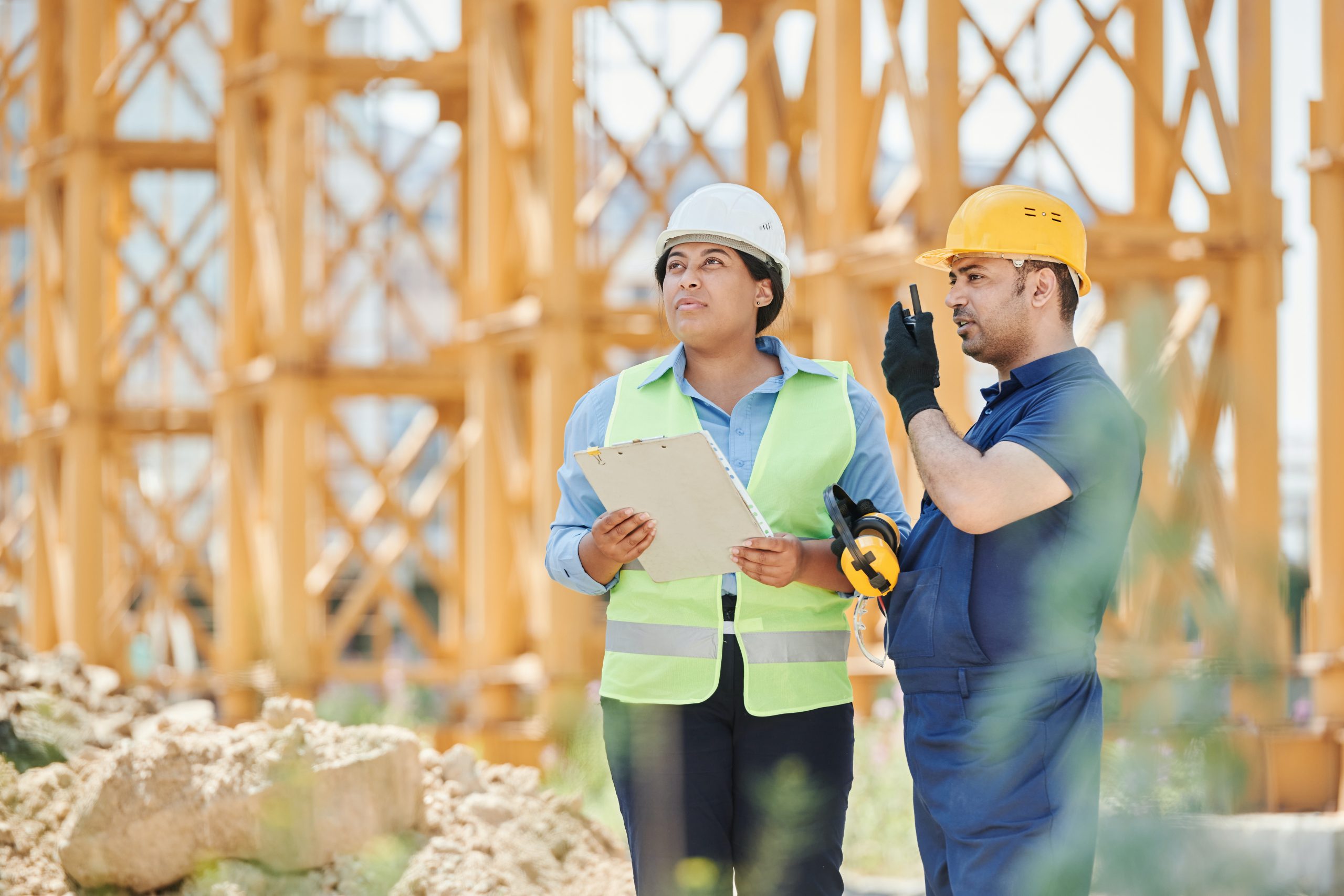Getting a job done efficiently means keeping workers at their optimal condition. If they get sick or injured, progress halts and costs pile up to replace them or delay the project altogether. This is why it is imperative to have a good health and safety culture at work.
A risk assessment is the first line of defence in keeping workers healthy and safe. However, there are circumstances where a risk assessment alone is not enough. This is where a safe system of work (SSOW) comes in.
Safe Systems of Work Defined
Before any type of work activity can be done, a risk assessment has to be carried out. If the risk assessment deems that there are significant or high risks remaining even with control measures, a safe system of work has to be established.
An SSOW is not necessary if it is a low-risk activity and that the persons performing the activity are informed about the risk assessment’s findings.
An SSOW has to cover all the hazards and risks that come with performing work tasks. The process factors in people, equipment, and materials involved in a project, and the safety concerns that might arise from each element. A detailed explanation of how to carry out relevant tasks safely is then developed, based on the risk assessment.
It is best to create a formal written document when developing an SSOW. Having an official set of rules provides much needed clarity and direction in work environments where people are constantly exposed to danger. It also serves as concrete evidence of a business’ compliance with industry regulations and legal requirements.
The Importance of Having A Safe System of Work
There are situations where it is simply impossible to eliminate all the hazards and risks in a workplace. A safe system of work allows for projects in such hazardous environments to continue while maintaining the health and safety of workers.
People will want to take shortcuts and cut corners, with the skewed perception that doing so would be inconsequential if the circumstances are just right. A tool is just barely within arm’s reach on the top shelf, so instead of using a ladder, a worker might just prop themselves up on something not meant to handle extra weight. This example is an accident waiting to happen, and that an SSOW is there to prevent.
Procedures are put in place specifically to anticipate and reduce human error. With strict enforcement and consistent messaging, workers are trained to respect an SSOW and abide by its rules at work.
Crucially, having an SSOW is also required by law in certain countries. The UK mandates it under the Health and Safety at Work etc Act (HSWA) 1974. This piece of legislation states that employers must, ‘so far as is reasonably practicable’, provide and maintain systems of work that are practical and safe. Regulations that have followed HSWA 1974 have also legally obligated organisations to inform and instruct workers on how to safely use work equipment.
Developing a Safe System of Work
Each organisation has its own way of developing a safe system of work, but there are five steps that are essential to any process of creating an SSOW, the first three
Review Tasks
The first step is to understand the tasks that the SSOW will cover. It requires a comprehensive and detailed review of every single task, including all its relevant facets. You can ask the following questions to get started:
- Who are the people responsible for a specific task?
- What equipment is used to carry out a task?
- Where is the task performed
- How is the task performed?
- What are the potential sources for error?
Reviewing specific tasks should be done with workers that will be performing them. They provide important insight regarding the practical ways to complete the task in question. Since that information is grounded in direct experience, it can prove to be even more valuable than assumptions made by managers and supervisors.
Tasks that, upon review, are deemed unsafe and unnecessary should be removed from the process.
Assess Hazards and Risks
You need to identify hazards in the workplace and their associated risks. Hazards are anything that can harm workers or damage property, such as poorly maintained equipment, weather conditions, and electrical sources. Assessing hazards involve learning:
- Why they are present
- How likely they are to cause harm
- How severe the harm they can cause
- What can be done to avoid them entirely
- What can be done to minimise their effect if they cannot be avoided entirely
List these elements down to have a clear picture of what you are dealing with. Images can be used to better illustrate the present hazards and risks.
Create Safety Methods and Control Measures
Once a complete accounting of hazards and risks are done, you can then create safety methods and control measures to safeguard workers performing their tasks. These are to be documented as explicit instructions on how to perform a task safely and efficiently.
A step-by-step explanation with simple and straightforward language is key. Because an SSOW is mainly going to be referenced by workers, it greatly helps to collaborate with them in designing the processes. When written down as a formal document, the SSOW has to be easy to understand and have no ambiguity.
Items that you want to include in your document SSOW include:
- Preliminary safety setup and any authorisation required
- Safety conditions that have to be met before the work starts
- Key steps for each task
- Hazards to be aware of
- Safe working methods, including, if appropriate the ways to get to and from the work area
- Safe disposal of equipment and waste upon completing the work
- Emergency procedures and contacts
Cross-reference your organisation’s general health and safety policies as well to ensure you have everything covered.
Implement the System
Implementation of an SSOW is largely done via informing your organisation. It starts with training staff on how to follow the process so that they may gain competency to complete their tasks efficiently and safely.
Formal training sessions that are recorded and require signed acknowledgement from staff show that you are serious about enforcing the system and that they also have personal accountability.
Make sure to explain why this is all necessary. You need to get your workers onboard with the system. Highlighting that their health and safety are top priorities demonstrates concern and helps build appreciation for the procedures.
Monitor the System
The work is not done when you have established a safe system of work. It has to be monitored to see if your organisation is actually following it. It has to be revised if it is evident that it isn’t effective, and it has to be updated for any relevant changes in how your organisation operates.
Just because there have been no incidents does not mean the system is perfect and needs no checking. A qualified supervisor must be assigned to regularly check the system to ensure it is being strictly followed and to see if it requires modification.
SSOW Development is an Ongoing Process
Keep SSOW development on track with expert assistance from the Health & Safety Dept. We have years of experience supporting organisations across various industries with practical health and safety guidance. Get in touch with us today for more information on how we can help you.



